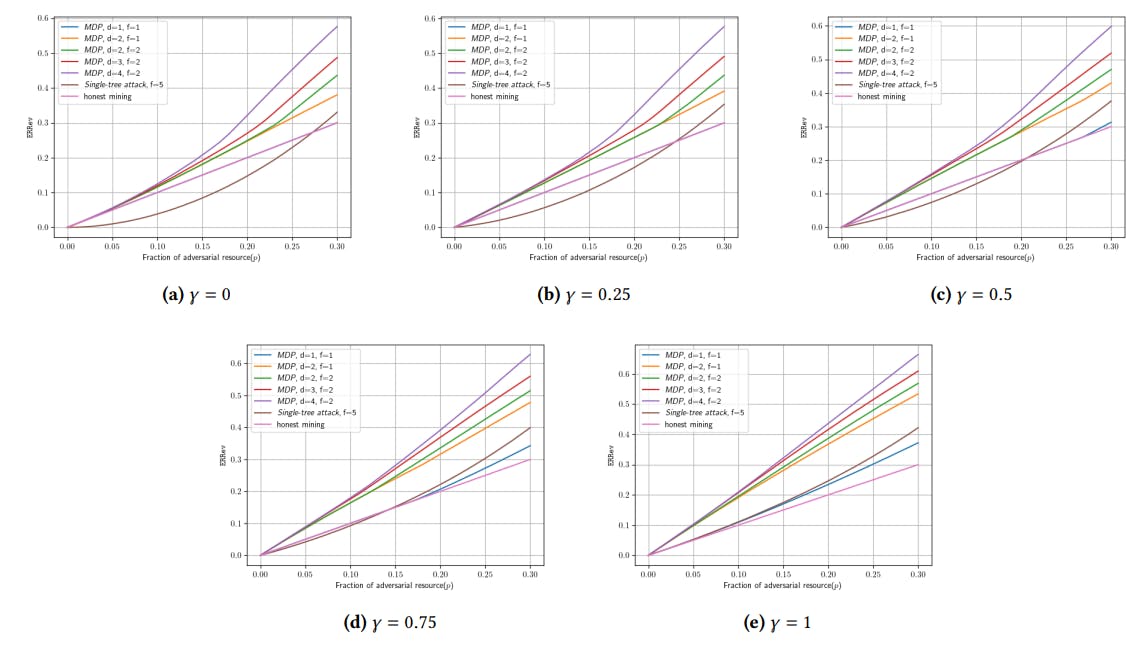With having a new Lenovo ThinkPad T14s Gen 6 laptop in the lab, a lot of Linux benchmarks are forthcoming from this ThinkPad laptop powered by an AMD Ryzen AI 7 PRO 360 SoC. This AMD Zen 5 SoC with Radeon 880M RDNA 3.5 integrated graphics had me curious how the Windows 11 vs. Linux iGPU performance is looking now more than a half-year after launch. Prior to blowing out the Microsoft Windows 11 Pro installation that shipped on the ThinkPad T14s Gen 6 and loaded with the latest AMD drivers and Windows 11 updates, I ran some graphics benchmarks for seeing how they stack up against the open-source AMD graphics drivers found on the brand new Ubuntu 25.04 release.
Today’s article is a quick one to revisit the AMD RDNA 3.5 integrated graphics performance between Windows 11 and Ubuntu Linux using the latest drivers as of testing / writing this article. The Lenovo pre-install of Windows 11 was fully updated prior to running these integrated graphics benchmarks and then compared against a clean install of Ubuntu 25.04 beta. The Ubuntu 25.04 beta shipped last week with the Linux 6.14 kernel and Mesa 25.0 for providing a very fresh graphics stack and the very latest AMD RDNA 3.5 optimizations from the RadeonSI Gallium3D and RADV Vulkan drivers atop the AMDGPU kernel driver. Ubuntu 25.04 will officially ship later in April with the same key graphics driver versions.
The same Lenovo ThinkPad T14s laptop with 32GB of LPDDR5-7500 memory and AMD Ryzen AI 7 PRO 360 was used for all of this testing… The reported hardware differences on the system table just amount to differences in how the various interfaces expose the hardware information under Windows 11 and Linux.
For those wondering how the AMD Ryzen AI 7 PRO 360 performance compares between Windows 11 Pro and Linux, a separate article will be looking at the Zen 5 CPU laptop performance while this article is just focused on the iGPU performance. With the focus being on the graphics driver performance and not the gaming performance per se, the testing in this article was focused on workloads native to both Windows 11 and Linux and without resorting to going through any OS or graphics API translation layers… Mainly wanting to stress and compare the respective graphics drivers to see if the open-source Linux driver performance potential is matching — or even exceeding — the Radeon Software Windows driver without any translation layer overhead in the way like Proton / DXVK / VKD3D / etc.









